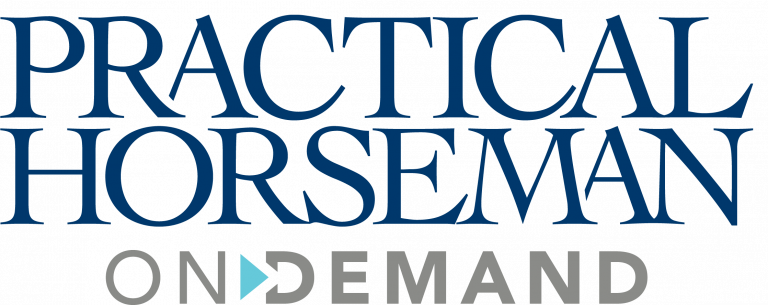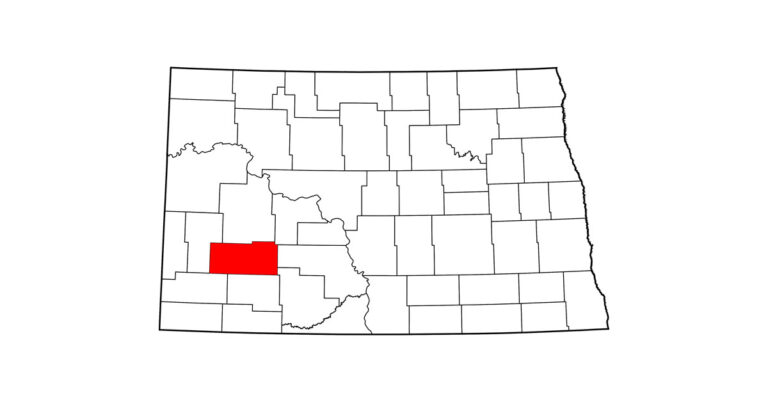Your horse was a star at last week’s show, but now his nose is dripping, he’s coughing persistently and he’s moping in his stall. What’s his problem? When those signs appear suddenly, suspect an upper-respiratory infection?especially if your horse has been to a show or other event where he might have been exposed to infectious viruses or bacteria. Fall and winter are prime times for these ?infections (in horses as well as in people), and a recent nationwide surveillance study shed light on some common causes.

Dr. Nicola Pusterla, ?associate professor in the Department of Medicine and Epidemiology at the University of California, Davis, led the study, which was published earlier this year in the Veterinary Record. He and fellow UC Davis researchers focused on four pathogens (disease-causing agents) that cause upper-respiratory infections in horses?Streptococcus equi subspecies equi, the bacteria that cause strangles; equine influenza virus (EIV); and equine herpesvirus types 1 and 4 (EHV-1 and EHV-4).
From March 2008 to February 2010, they analyzed blood and nasal-swab samples from 761 horses, mules and donkeys with acute clinical signs, such as fever, nasal discharge and coughing. They used real-time polymerase chain reaction analysis, a sensitive testing method that looks for the nucleic acid of infectious agents and can provide answers in as little as 24 hours. The samples were sent in by veterinarians in 23 states, along with information about each case.
Besides helping practicing veterinarians get a quick and accurate diagnosis during outbreaks of these diseases, the researchers hoped the study would provide a picture of the prevalence of major respiratory pathogens in the United States, help match the pathogens with specific clinical signs and evaluate the effectiveness of vaccination programs. Here are some of the findings:
- Samples tested positive for one or more of the four pathogens in 201 cases, about 26 percent of the total. Fifteen of these horses were positive for two pathogens, and one had a triple infection.
- The highest detection rate was for EHV-4, which turned up in 82 cases. Infections with this virus (which can also cause pregnant mares to abort) were most common in fall and winter.
- Next most common was EIV, with 60 cases. It occurred mainly in winter and spring.
- S. equi, also most frequent in winter and spring, showed up in 49 cases. It was common in horses ages 6 to 10, while EHV-4 and EIV infections were more common in 1- to 5-year-olds.
- EHV-1, which can cause neurological disease as well as upper-respiratory infection and abortion, ranked last, with 23 cases. It was generally seen in older horses and, like the other infections, was less common in summer.
- Many affected horses had been vaccinated against these pathogens at some point. For example, half the horses known to have been vaccinated against S. equi tested positive for that pathogen. Ten of 12 horses known to have been vaccinated against EHV-1 were positive for the virus. “Horses were not adequately vaccinated in general, although the vaccine history was sketchy for most,” Dr. Pusterla says. “Vaccine protocols should be tailored to the needs and risk of exposure of each horse.”
- Detection rates for some infections varied among breeds. “I believe this can be explained by differences in management practices,” says Dr. Pusterla. For example, the EIV and strangles groups included high numbers of Quarter Horses. “These horses often enter the show arena at a young age when they are more susceptible to?infection,” Dr. Pusterla notes. Moreover, he adds, the study sample may have been skewed because almost half the submissions came from states geared toward the Quarter Horse industry.
- What about the 560 samples that tested negative for all four pathogens? Maybe better tests are needed, or maybe those samples weren’t properly collected. Or maybe ?unknown pathogens were at work?the researchers don’t know.
The research highlights the need to vaccinate and be alert for respiratory infections and to take steps to limit their spread. Call your veterinarian if your horse shows signs?snotty nose, persistent cough, fever, labored breathing, a depressed attitude or loss of appetite. Once diagnostic work pins down the type of infection you’re dealing with, your veterinarian can outline treatment for your horse and measures to keep the infection from jumping to other horses in your barn. Until then, don’t let him mix with others?and if he has already, monitor them for signs of illness and keep them separate. Because handlers and equipment can carry some pathogens from horse to horse, infected horses should also have separate equipment for grooming and stall cleaning and should be dealt with last, after other horses. Wash up thoroughly afterward, and disinfect equipment.
This article originally appeared in the October 2011 issue of Practical Horseman magazine.









